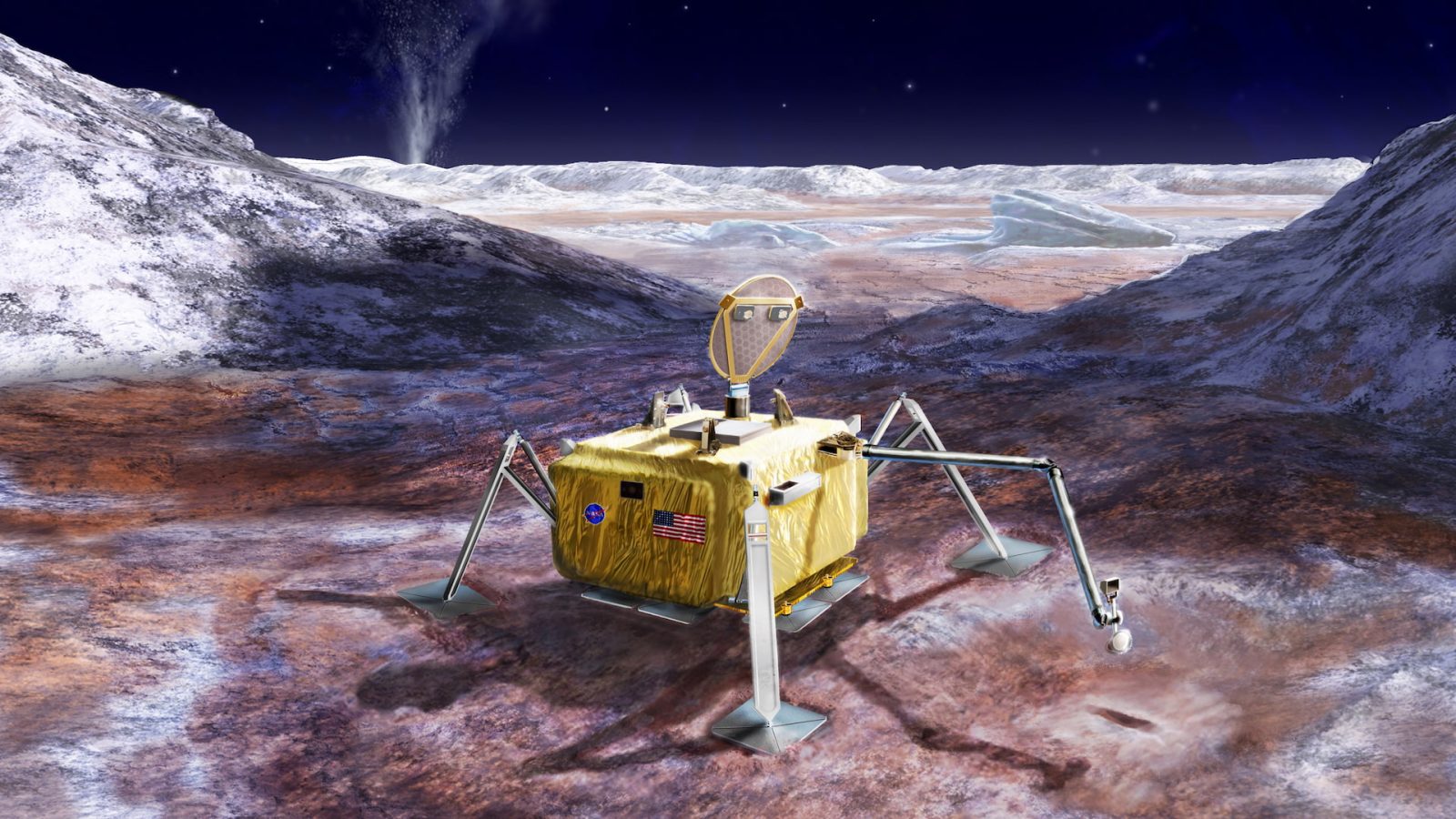Jupiter
"The gas giant"

Jupiter, named after the king of the ancient Roman gods, is the largest planet in our solar system. Often referred to as “the gas giant” due to its makeup of mostly hydrogen and helium gases. The most notable feature of Jupiter is its “Great Red Spot,” which is an enormous storm that is twice as wide as Earth, where wind speeds can reach over 400 mph.
The planet has been visited by many unmanned spacecraft, including Ulysses, Galileo, Cassini, and many more.
Traditional life here has been deemed unlikely due to the harsh conditions and makeup of the planet.
Important Stats
- 5th planet from the Sun (475 million)
- 79 moons
- 86,881 miles in diameter
- 3 degrees axis tilt
- 4,333 day long years
- 250% of Earth’s gravity (24.79 m/s²)
- Average temperature of -238 degrees F
- Atmospheric makeup of mostly hydrogen and helium gas
Moons
- Io
- Europa
- Callisto
- 76 other moons…
Surface Photos












